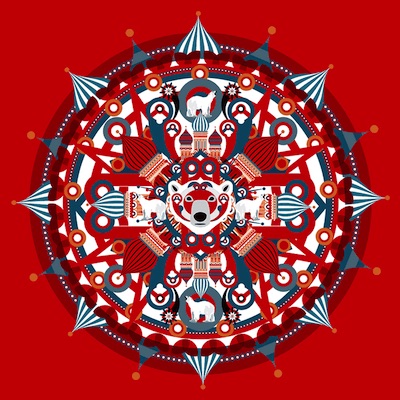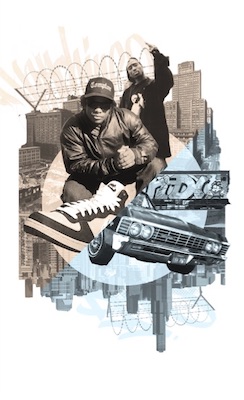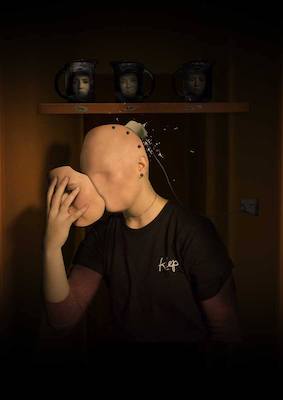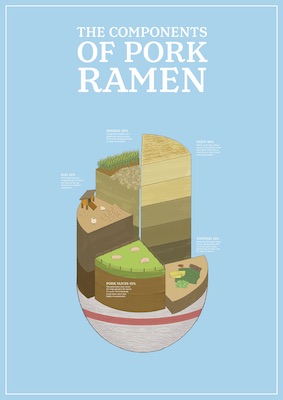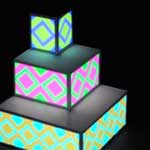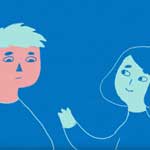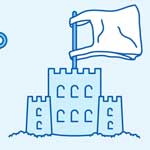DESIGN FOR SOCIAL IMPACT
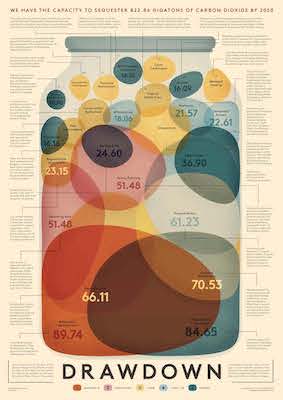
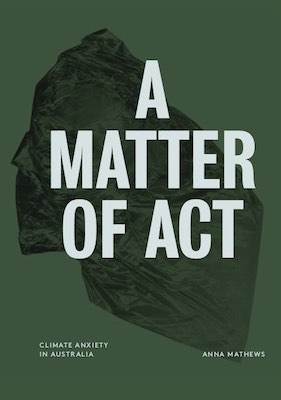
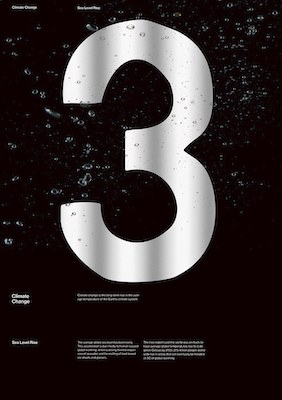
Communication design can perform a vital role in exploring and interpreting real world issues to inform community, faclitate discussion and speculate on solutions. The graduating studio 'Design for Social Impact' required students to develop their own design probes on a topic of their choice. From this data students then created engaging posters, publications, video and UX that created a 'contact zone' for the audience to comprehend the issues and consider how we might solve some of the major issues affecting us all today.
